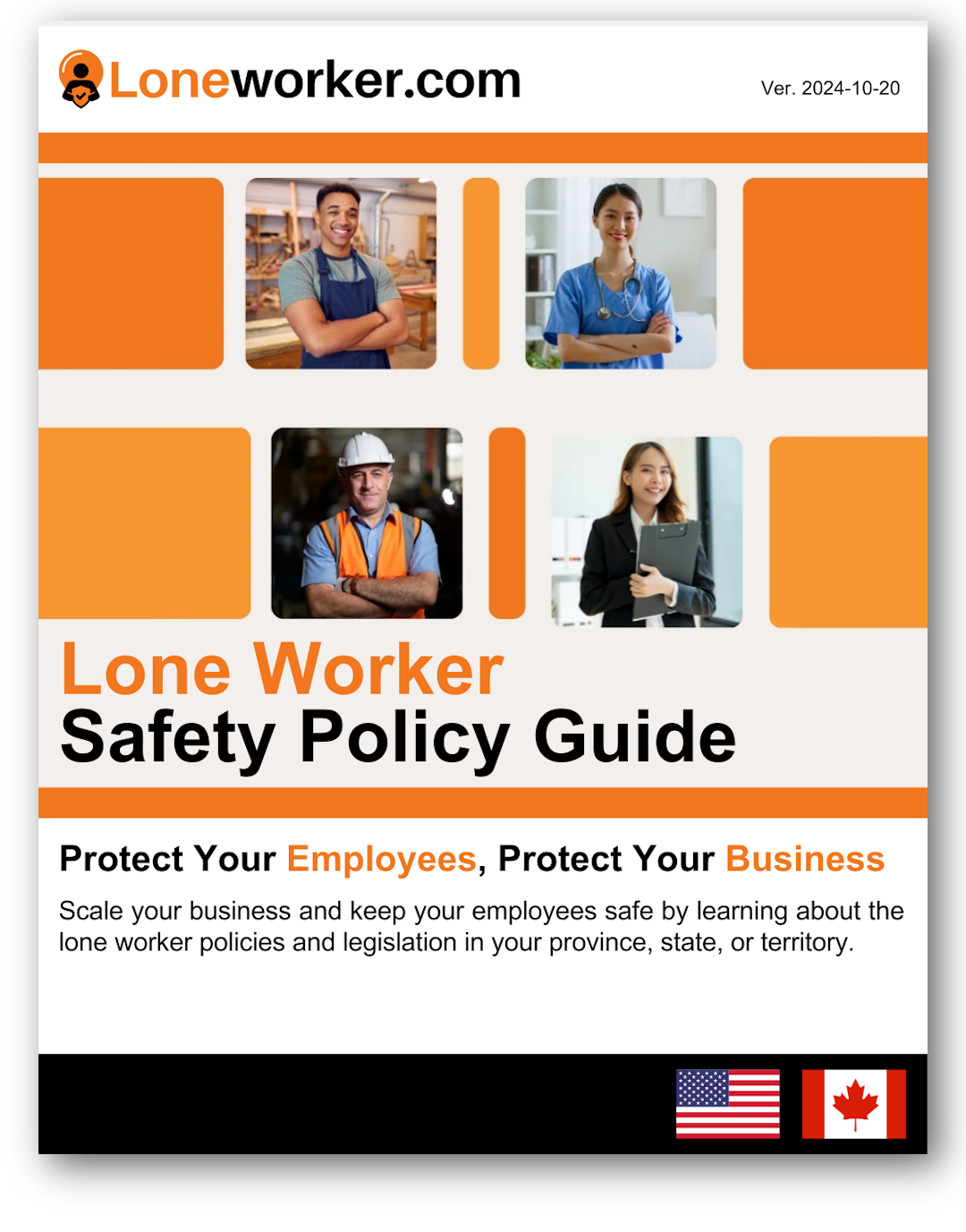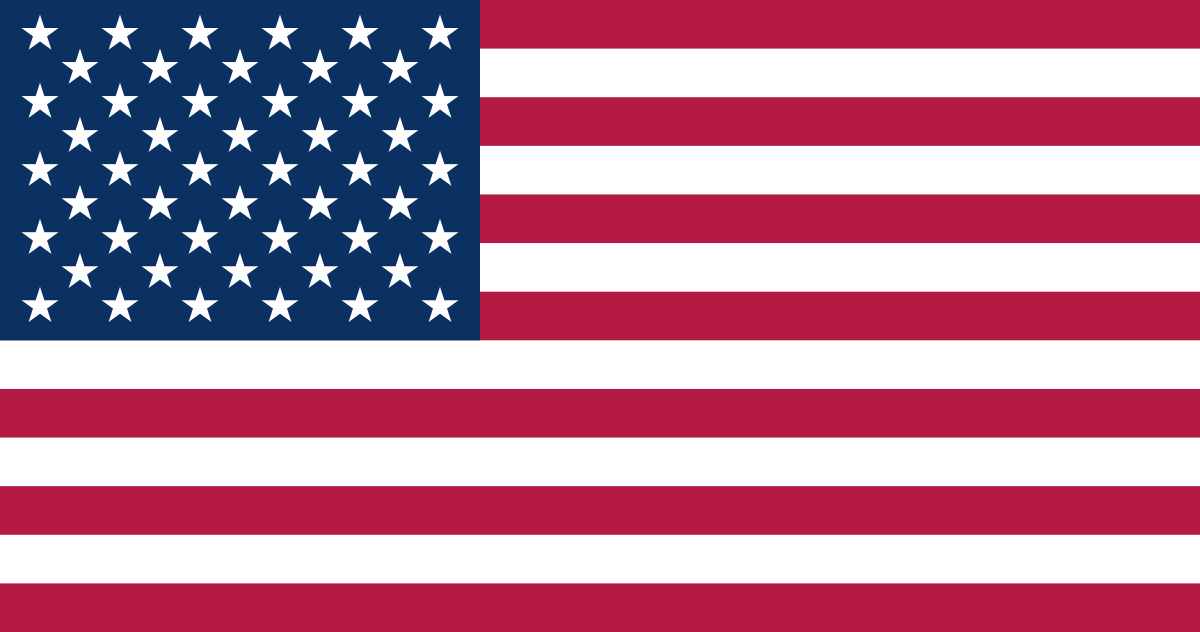Understanding the Role of a Human Resource Manager in Organizational Leadership
The leadership of Human Resource (HR) Managers establishes workplace culture and cares for employee growth while making sure organizational policies match ethical requirements and legal norms. Recruitment is part of their responsibilities, together with conflict resolution and benefit administration, and policy execution duties. HR Managers deliver strategic leadership to senior executives to align organizational imperatives with employee requirements in their role as strategic partners. The position demands the establishment of a secure workspace that promotes productivity, combined with inclusivity for employees who operate in isolated areas or remote locations.
The HR Manager demonstrates leadership by ensuring employee welfare and risk management through defined policies as well as preventive measures. The assessment of workplace environment impact on employee health stands as a

priority task for HR Managers, along with the analysis of absence patterns and safety occurrences to develop performance strategies. They take the lead in developing programs that reduce employee feelings of separation from others, combined with mental exhaustion or exhaustion, problems that commonly affect workers who operate independently. The responsibility of HR Managers includes delivering training programs that will enhance staff participation while reinforcing individual safety duties.
With their position as advocates of employee welfare, HR Managers need appropriate resources to handle dilemmas that threaten lone workers. The HR leadership team needs to establish policies that assist every group, from field technicians through remote staff and delivery drivers, and social workers. Each member of the workforce needs support and protection according to the HR Manager's responsibility, regardless of where they work and how visible their role is. Through their leadership, HR Managers develop communication systems combined with safety procedures and wellness solutions that extend outside standard office settings. When managers actively involve lone workers in wider human resources frameworks, they showcase their leadership for inclusion and maintain their care responsibilities throughout the entire organization.
How Lone Worker Programs and Alert Devices Support HR Managers in Protecting Employee Well-Being
Through a combination of lone worker programs and alert devices, Human Resources Managers achieve extended coverage for workplace safety alongside additional support services for employees who are not based in primary locations. Employers have access to wearable panic buttons and application-based check-in systems, together with real-time monitoring features that allow them to monitor employee statuses and track locations during work hours. The tools enable HR leaders to maintain workplace welfare by providing oversight and emergency response mechanisms that address the needs of employees who work alone under uncertain conditions.
These systems enable HR Managers to create organizational procedures that demonstrate employee protection responsibilities to maintain full coverage while employees perform their tasks. Lone worker security devices provide added protection to employees who work independently, such as those engaged in home visits or rural assignments and nighttime shifts. The security tools enable real-time warning signals with voice and position monitoring abilities, which allow rapid notification procedures. Following a disturbance signal activation, the HR team can launch or direct rescue efforts while their commitment to employee protection becomes evident at all organizational levels, despite worker position and physical location.
Lone worker systems enable HR teams to gain meaningful worker pattern information and behavior analysis, and safety risk detection across their workforce. The gathered information enables the Human Resources department to pinpoint places that need supplementary assistance or mental health intervention services. When employees repeatedly check in late or transmit distress signals, it may indicate they suffer from fatigue or pressure at work. HR managers use these administrative findings to modify wellness programs and working hour arrangements, and workload distribution for lasting employee wellness maintenance. Through their implementation of lone worker solutions, HR professionals can merge data analytics with leadership involvement for complete employee safety management. The support of remote and lone worker emotional and physical welfare given by HR Managers leads to enhanced organizational reputation through employee retention and worker morale improvement.
The Importance of Lone Worker Programs for HR-Driven Compliance and Workplace Safety
Workplace safety legislation compliance requires direct involvement from HR Managers when protecting vulnerable and isolated employees. Professional lone worker programs fulfill both good practices standards and legal operational requirements primarily under occupational health and safety regulations. These programs stipulate the monitoring methods for solo workers and communication tools, and emergency procedures that the organization needs to follow. Human Resources managers need to validate that their safety policies fulfill legal obligations and implement them within existing safety protocols to prevent penalties and regulatory examinations.
The implementation of a lone worker program enables HR to develop standards and maintain accurate responsibility reporting. These policies specify how often workers need to contact the team and which alert systems to activate, and emergency response time expectations. Safety behavior transformation happens through handbook guidelines transforming employee knowledge during training modules, while performance review processes create an environment that teaches a care-focused culture. HR Managers fulfill responsibilities for auditing these programs and updating protocols when laws and technological progress necessitate changes. The active oversight role demonstrates HR's dedication to safety measures and standardized practices throughout every region of the company.
Organizations that implement lone worker programs create positive safety reputations and help employees maintain their trust in the workplace. Workers will develop stronger emotional attachments to their employer when they observe definite protection structures implemented for their well-being, no matter what their location is. The message about lone worker safety gets communicated by HR Managers through constant messaging, along with incident investigations and acknowledgment of safety-excelling departments. The company demonstrates its core values by implementing these efforts beyond basic checkbox compliance processes. The HR department safeguards businesses legally through these efforts, yet simultaneously develops workplaces based on open communication that embrace trust relationships and dedicated safety services towards all workforce members regardless of their physical work locations.
Final Thoughts
Workplace security and adherence to rules, together with employee well-being, emerge as strategic objectives under the leadership of HR Managers. Lone worker programs together with alert devices, enable organizations to protect employees during remote work or hazardous conditions and uncontrolled environments. These policy instruments team up with workforce management systems to preserve compliance laws while developing workplaces that promote health and inclusion. Lone worker support technology stands as both an engineering solution and an organizational value statement, demonstrating protection for all members of staff. Association with these solutions represents an ethical move for HR Managers because it both protects workforce members and builds stronger organizational structures that lead to extended business success.





